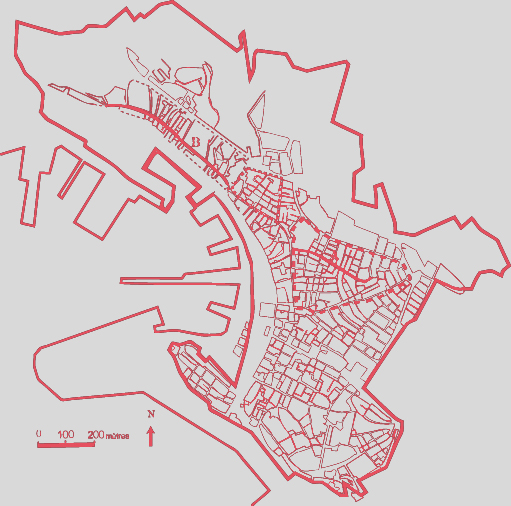Genoa
Themes
The research undertaken in Genoa focus on the mechanisms of territorial control and their legitimacy. It articulates legal mechanisms – expressing public power – and informal ones, through the study of their connections. Thus, beyond the negotiations taking place between public institutions, several other sources of power emerge. They are more territorialized, linked with more or less established inhabitant organisations, based on affinity, whether it be geographical, political, professional or simply based on neighbourhood ties. But these groups do not only lobby public actors. They contribute to the spatial appropriation, redefining the spatial norms of occupation and use, and may transform the urban space itself (closure of streets, exclusive appropriation of public spaces …). The analysis of these groups and their relations to the city contribute to study power configurations , which imply informal negotiations as well as oppositions and strategies to remain in some spaces.
The study is led first in Genoa’s historic centre, which is concerned by an urban regeneration. This process leads to a sort of gentrification, to tourism development, but also to strategies of resistance and spatial control from groups (among which prostitutes and transsexuals) that are regarded as marginal and that have to develop tactics to remain there. Four neighbourhoods are more specifically investigated: the Ghetto, Maddalena, the surroundings of via Pré and the tourist zone of the new waterfront.. A second neighbourhood is also analysed: Sampierdana, in the West part of Genoa, which is undergoing industrial and harbour conversion and where most of the Latin American immigrants settle.



